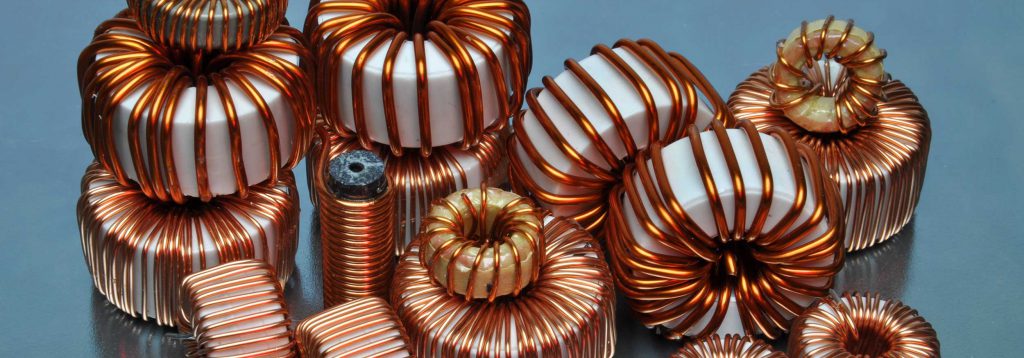Toroid core winding provides uniform distribution of primary and secondary wires, which is why toroids are great transformers that are efficient and powerful. Toroids offer many benefits that similarly powered transformers cannot match. Toroids are customized for specific applications and devices, which means that toroids cannot be used interchangeably. Using a toroid that does not match your application needs often ends in performance issues. One of the most important things to consider is the type of material used for the magnetic core.

There are many choices for core materials, but one of the most popular options is steel. You need to make sure to use the correct magnetic transformer material for your application. These three materials include:
Amorphous Steel – this material comes in extremely thin strips of amorphous steel. It is used in transformers that function in medium to high-frequency ranges. This material is ideal for reducing eddy currents that are common in these applications.
Silicon Steel – this material is comprised of thin strips that are pressed together to create a core. You should strongly consider this material in 50/60/400Hz electrical applications. The material creates efficient magnetic propagation and heat dissipation.
Toroid Coil Winding
Solid Steel – this material is a popular choice when strong magnetic fields are necessary. They are the least common of the three options because they generate heat that affects performance.
Related Reading
- Why do Engineers Choose Toroidal TransformersToroid coil winding differs from traditional power transformers, and these differences are often seen as a benefit over similarly powered devices.
- Vertical and Horizontal Toroid Mounting Options
- Use Custom Toroids to Increase Electronic Efficiency

